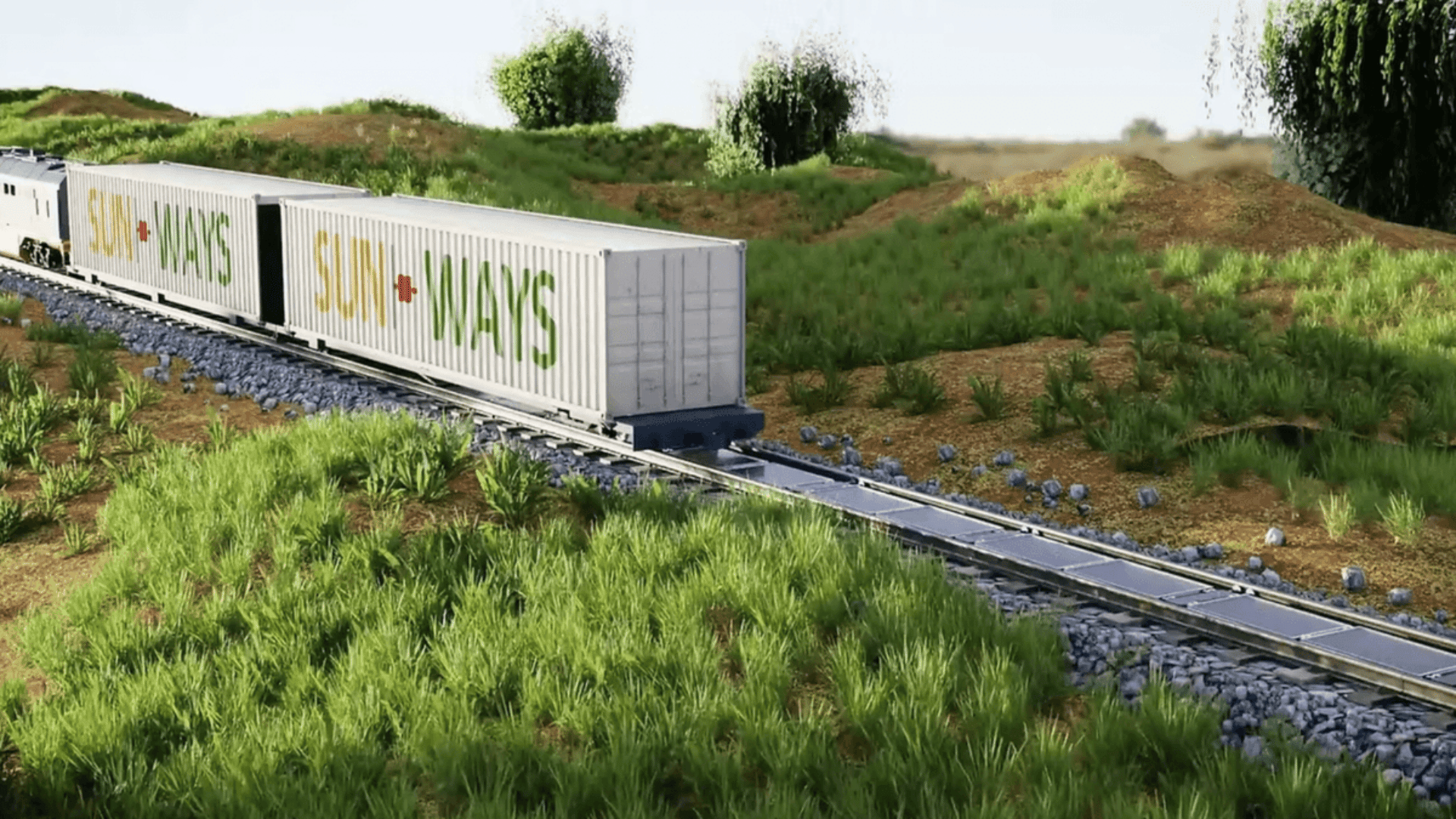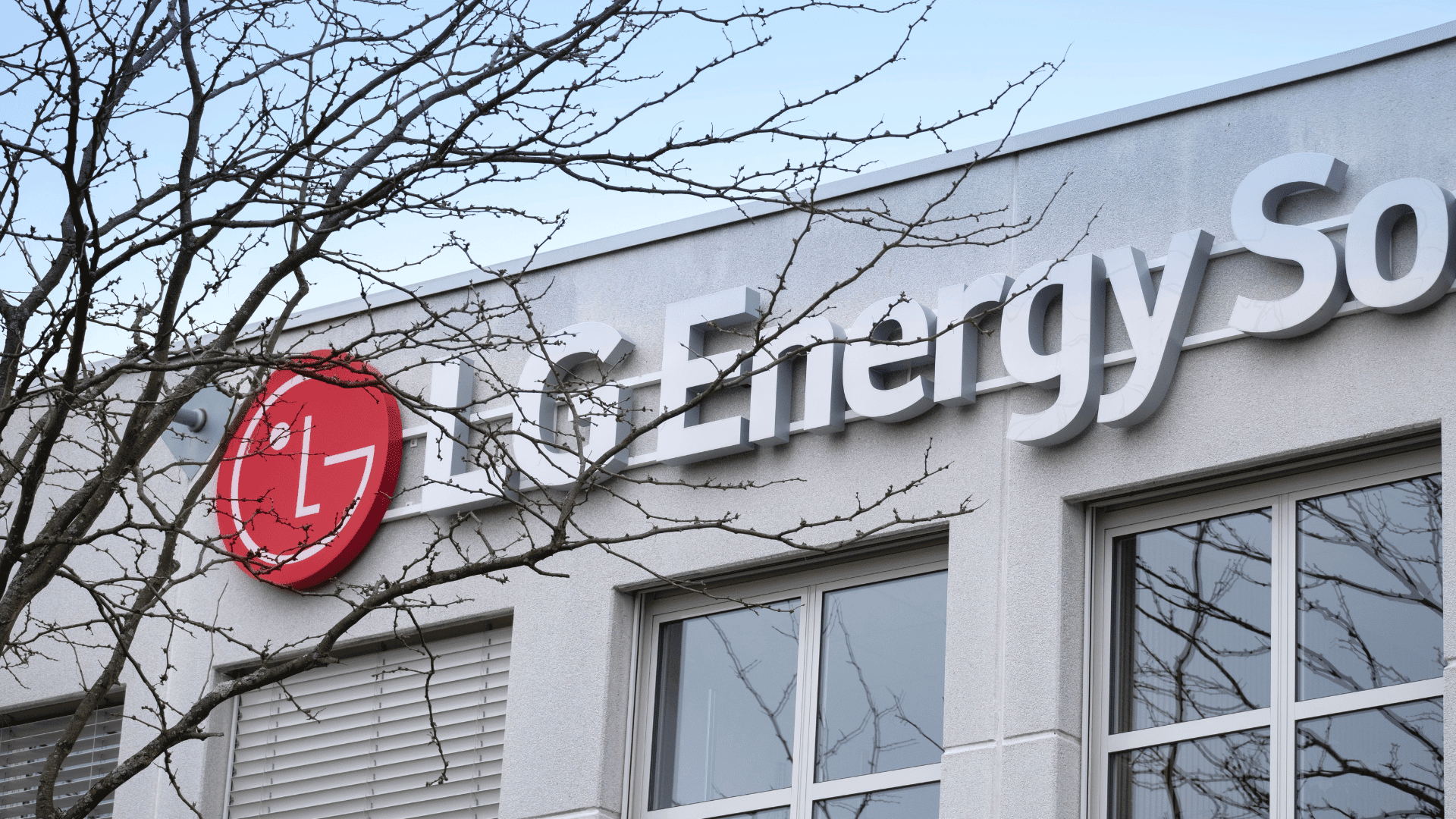In what is being described as the world’s first track-mounted solar array designed for active rail traffic, a Swiss company called Sun-Ways commissioned a removable solar installation on an operational railway line that’s designed to power trains and the public grid.
Solar-Powered Tracks

Comprised of 48 photovoltaic modules rated at 385 W each, the 18 kW installation is expected to produce 16 MWh of electricity per year. According to Interesting Engineering, passenger trains began operating on April 28th, and the installation will help to power the public grid located 500 meters (a little over a quarter mile) from the site.
After undergoing a series of tests and securing necessary permits, the removable PT plant was approved by Switzerland’s Federal Office of Transport in October 2024. The firm plans to continue testing the system over the next three years to test soiling, panel coatings, the system’s impact on rail infrastructure, and the long-term safety of operating trains over a track-mounted solar array.
An international research team recently evaluated the viability of installing PV systems alongside railway tracks with a technical and economic assessment. The results revealed strong commercial potential, but critics say that heavy soiling and intense mechanical stress could significantly reduce energy yields or shorten the system’s lifespan.
Fueling Trains and Cities Sustainably
Sun-Ways founder and director Joseph Scuderi wants to create almost 100% self-sustaining trains by generating energy between rails and sending it into the trains’ traction.
The installation was created mechanically using a specialized train from the firm’s partner, a startup called Scheuchzer. This train is capable of installing nearly 1,000 m² of solar panels in just a few hours.
The project involves 100 linear meters (approximately 328 feet) of a TransN rail line, with 48 solar panels to be installed. After electrical connections are integrated within the panels, a cylindrical brush cleaning system at the end of the train keeps the panels clean for maximum energy efficiency.
The startup hopes to expand the project in the future, with specific goals of bringing the technology to Italy, Germany, Austria, Asia, and the U.S.







